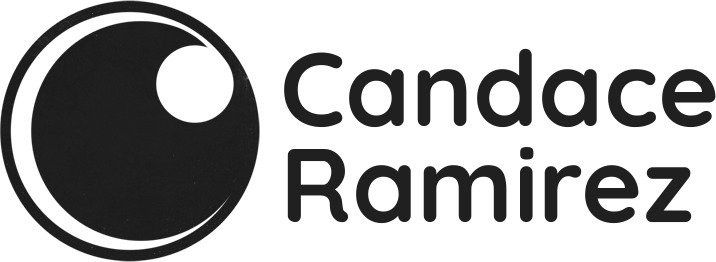Increasing new account sign-ups for ScreenPal
As part of a UX writing certification course at the University of Washington, I created a user journey and voice analysis for ScreenPal (formerly Screencast-O-Matic). My goal was to make their account signup process simpler and easier.
Click through the slides below to see the project and the research behind it.
